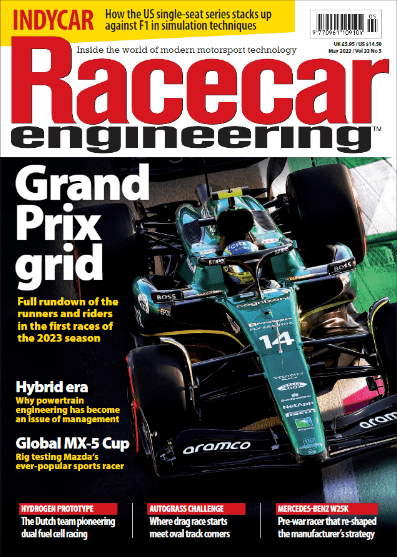In the May 2023 issue of Racecar Engineering, our President, Ray Leto was asked to share his insights into how simulation has changed development and innovation for IndyCar.

As stated in the article, changes in the industry in the 1990s resulted in a decrease in viewership and sponsorships for IndyCar, which meant less money was available for development and innovation. Today, technology in motorsports has shifted from physical testing to simulation – the benefits of which are cost and time savings, and better quality.
Simulation enables engineers to understand the performance sensitivities of the car on any track and helps to direct engineering efforts accordingly. Simulation in today’s IndyCar primarily means the use of computing power to perform Computational Fluid Dynamics (CFD) and vehicle dynamics studies.
The highest importance in any performance development process is to understand what is happening to the car in the real world. IndyCar is considered a spec series, which means all teams have to work with the same aero kit, but these engineering restrictions also have some benefits.
Click here to read the entire article and to see more of Ray’s insights.
